Completed 1887 Architecture firm ARM Architecture Cost 25,000 GBP (1887 wing) | Renovated 1996 Opened 1887 | |
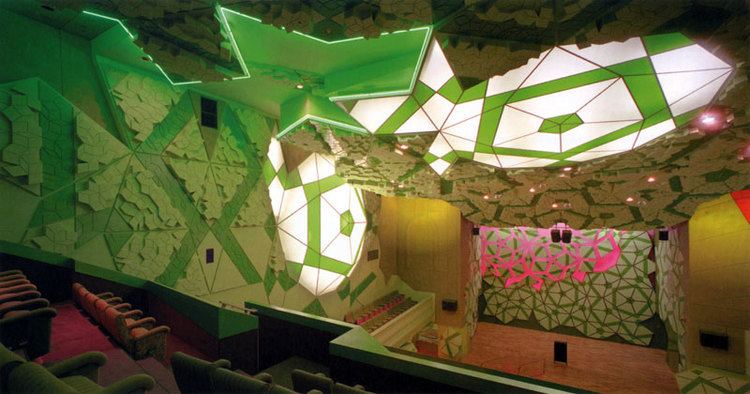 | ||
Address 342-344 Swanston Street Renovation cost 10.5 million AUD (1996 annex) Similar RMIT Building 8, RMIT Swanston Academic, Capitol Theatre - Melbourne, RMIT Design Hub, RMIT Spiritual Centre | ||
Simon digby will e tell live at storey hall melbourne 2000
Storey Hall, located at 342–344 Swanston Street in Melbourne, Australia, is part of the RMIT City campus of the Royal Melbourne Institute of Technology (RMIT University). It is home to RMIT Gallery, considered to be Melbourne's most vibrant art space, with a constantly changing exhibition program of architecture, craft, contemporary art, design, fashion, and fine art.
Contents
- Simon digby will e tell live at storey hall melbourne 2000
- Simon digby and will e tell live wetmusik 2003 storey hall
- Key influences
- Awards
- References

The Hall is a 19th-century building constructed in 1887 as a meeting hall once owned by the Ancient Order of Hibernians, which had been acquired by RMIT in 1957 and subsequently renovated, and officially opened in 1996.
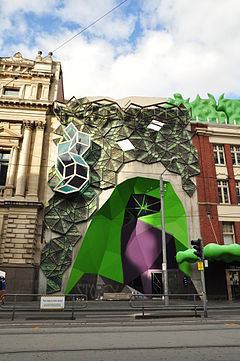
The architectural design of the refurbished section of the building consists primarily of Penrose tiles, which are arranged to form pentagons. It was completed in 1995 to the design of Ashton Raggatt McDougall. The refurbished section is also externally adorned with Penrose tiles and is also styled with ruffles, keys and suspender belts to represent the Suffragettes, who formally used the building as a meeting hall.
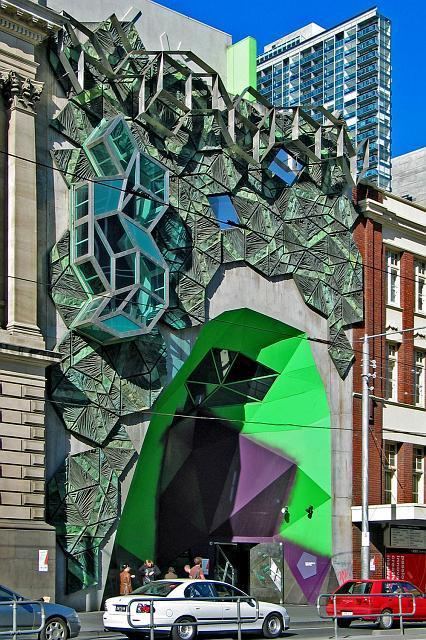
The hall was named after the Storey family; John Storey (Junior), who founded the RMIT Student Union in 1944, and Sir John Storey (Senior), who left a large bequest to RMIT—in order to found the John Storey Junior Memorial Scholarships in memory of his son, whose studies were cut short in 1947 when he died of leukaemia at age 22.
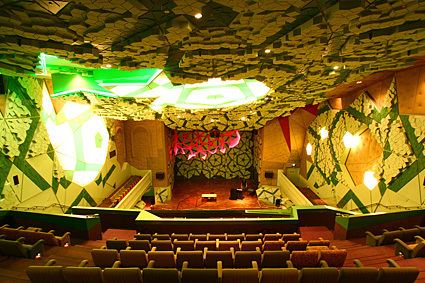
The vaults of Storey Hall house the smaller RMIT First Site Gallery, which is operated by the RMIT Union, and has a focus on new media, as well as a cafe named re:vault.
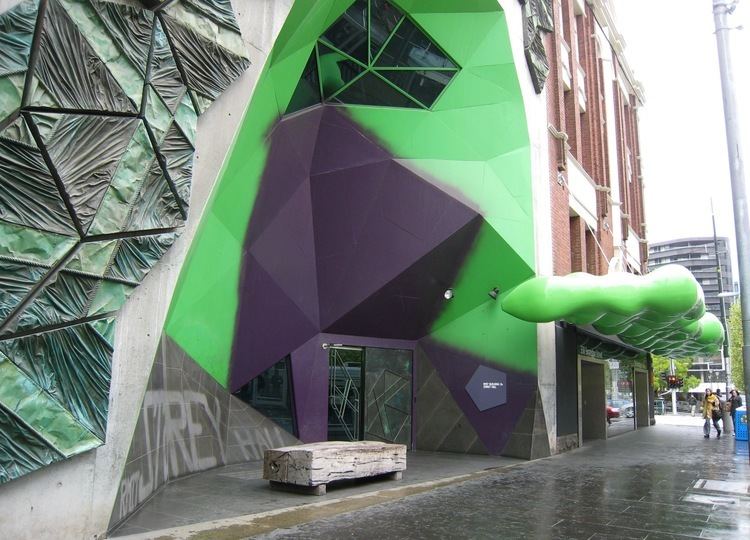
Simon digby and will e tell live wetmusik 2003 storey hall
Key influences
One of the key influences in the design of the Storey Hall annex is the use of scientific theory on tile patterns by Roger Penrose. Penrose’s tiling pattern has been incorporated into the design, with the street façade being highly decorative with complex geometric forms and materials that lack ornament. The most striking feature of the Façade is the rhombus shaped tiles that start to come out of the façade which sit on a concrete wall. The colours that were used on the street façade are bright and make a bold statement with the neon green referencing the Hibernian Hall’s Irish heritage and of the building’s former use by the Suffragette movement early in the nineteenth century. The interior also uses the Penrose tiling system with patterns and geometry with the foyer containing rough concrete walls and columns with a curved stairwell. The main auditorium’s ceiling is decorated with brightly coloured geometric Penrose tile patterns and textures which reflect the rest of the building.
Storey Hall is both architecturally and historically significant as it has won numerous awards and combines both the historical and traditional aspects of the former Hibernian Hall to create a complex and daring building.
Storey Hall incorporates the Deconstructivism style which became popular in the late 1980s and contrasts significantly with the highly ordered and rational postmodern building next to Storey Hall, Hibernian Hall. The De-constructivism style looks at contradiction and complexity and argues against purity, clarity and simplicity which is found in post-modern architecture and turns its back on minimalism. Deconstructivism took a confrontational stance towards architecture and architectural history, wanting to disjoin and disassemble architecture.
Storey Hall was highly successfully in using computer and digital fabrications to enhance the design and was one of the first buildings in Melbourne to incorporate digital fabrication in its design in the 1990s.
Awards
RAIA National Interior Architecture Award, 1996
RAIA Victorian Architecture Medal, 1996
RAIA William Wardell Award for Institutional Architecture, 1996
RAIA Marion Mahony Award for Interior Architecture, 1996
National Award – Dulux Colour Awards, 1996
